#car
Photo
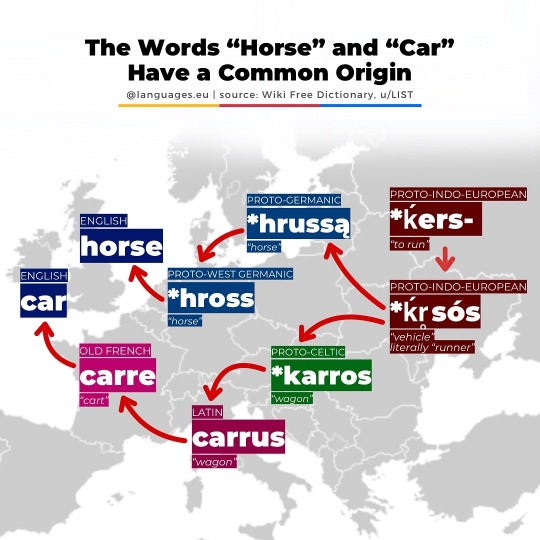
The words "horse" and "car" have a common origin.
Both “horse” and “car” can be traced back to the Proto-Indo-European (PIE) language, suggesting a distant common origin in linguistic roots.
Proto-Indo-European (PIE) is the reconstructed common ancestor of the Indo-European language family, which includes languages like English, Latin, Greek, and many others.
by languages.eu
598 notes
·
View notes
Text
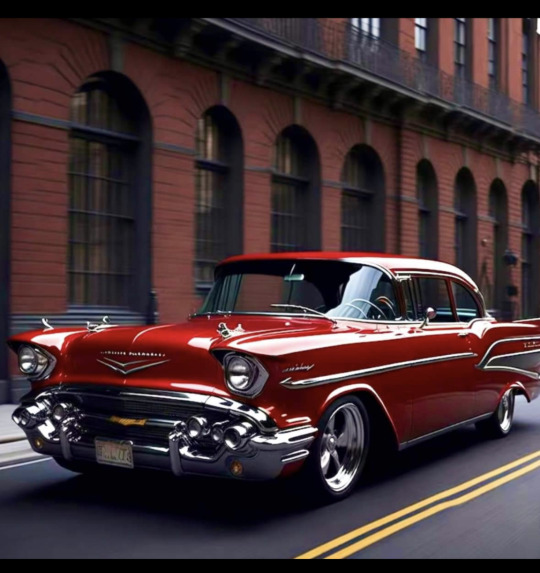
1957 Chevrolet BelAir
367 notes
·
View notes
Text
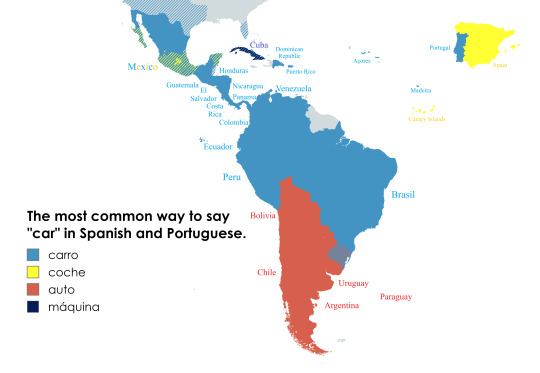
The most common way to say "car" in Spanish and Portuguese
#map#maps#cartography#usa#regions#regional#united states#latin america#mexico#data#español#españa#spanish#portuguese#language#languages#langblr#history#car#cars#coche#cuba#azores#canary islands
152 notes
·
View notes
Text
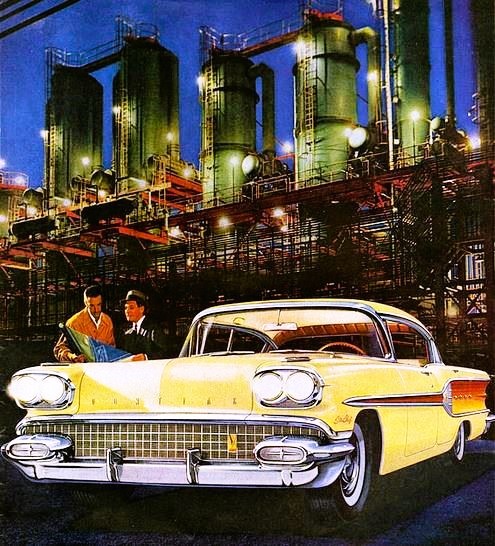
Pontiac (1958)
#cars#cool#cool cars#car#classic car#vintage#motor#classic#drive#driving#pontiac#midcentury#1950s cars#1950s style#1950s fashion#1950s history#fabulous 50s#50s aesthetic#50s style#fashion 50s#spring#weekend#friday
108 notes
·
View notes
Text

Mazda RX-7 (1978)
135 notes
·
View notes
Text


Koenigsegg Agera RS
by joshleap.s via Instagram
#cars#super cars#citeam#dg#dreamer garage#car#swedish#swedish Cars#hypercars#Koenigsegg#Agera#rs#Agera rs
73 notes
·
View notes
Text
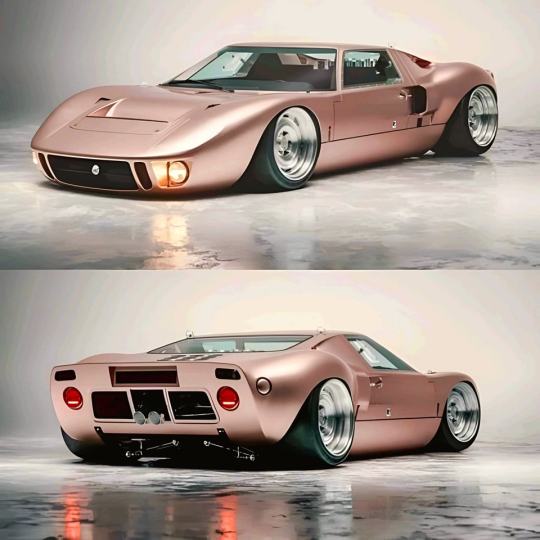
FORD GT40
The Ford GT40 is a legendary car born out of a grudge, fueled by ambition, and ultimately crowned with victory on the world's most prestigious racing circuits. Its story begins in the early 1960s when Henry Ford II, commonly known as "Hank the Deuce," sought to challenge the dominance of European manufacturers in endurance racing, particularly at the 24 Hours of Le Mans.
In 1963, Ford attempted to buy Ferrari, which was then the dominant force in endurance racing, having won Le Mans multiple times. However, the negotiations soured, and Enzo Ferrari, the founder of the Italian marque, walked away from the deal at the last minute, leaving Henry Ford II furious.
Determined to beat Ferrari at its own game, Ford set out to build a car that could dethrone the Italian racing giant. He tasked his engineers with creating a car that could win Le Mans, a feat no American manufacturer had accomplished at that time.
The result was the Ford GT40, a sleek and powerful racing machine designed to take on the best Europe had to offer. The GT40's name was derived from its height, standing at only 40 inches tall. It featured a lightweight chassis, advanced aerodynamics, and a powerful V8 engine.
The GT40 made its debut at the 1964 24 Hours of Le Mans, but mechanical issues plagued the team, preventing them from finishing the race. Undeterred, Ford continued to refine the car, and in 1966, their efforts paid off.
That year, Ford entered a fleet of GT40s at Le Mans, with drivers like Bruce McLaren, Ken Miles, and Chris Amon behind the wheel. The race was a fierce battle between Ford and Ferrari, with both teams pushing their cars to the limit.
In the final hours of the race, Ford emerged victorious, securing a 1-2-3 finish with the GT40 taking the top three spots. It was a historic moment for American motorsport and a symbolic triumph over Ferrari.
The GT40 went on to win Le Mans for the next three years, cementing its place in automotive history as one of the greatest racing cars of all time. Its legacy continues to inspire car enthusiasts and racing aficionados to this day, a testament to the vision and determination of Henry Ford II and his team.
80 notes
·
View notes
Text
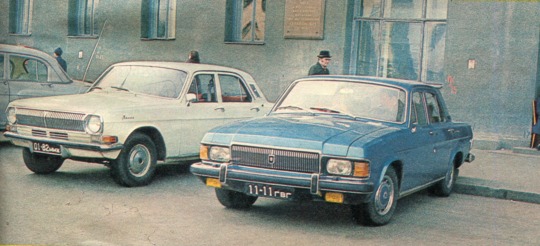
A Volga and a custom built Soviet car from hungarian car magazine
1979
54 notes
·
View notes
Text

Porsche GT3 Touring
57 notes
·
View notes
Text

Porsche 911 Sport Classic
59 notes
·
View notes
Text
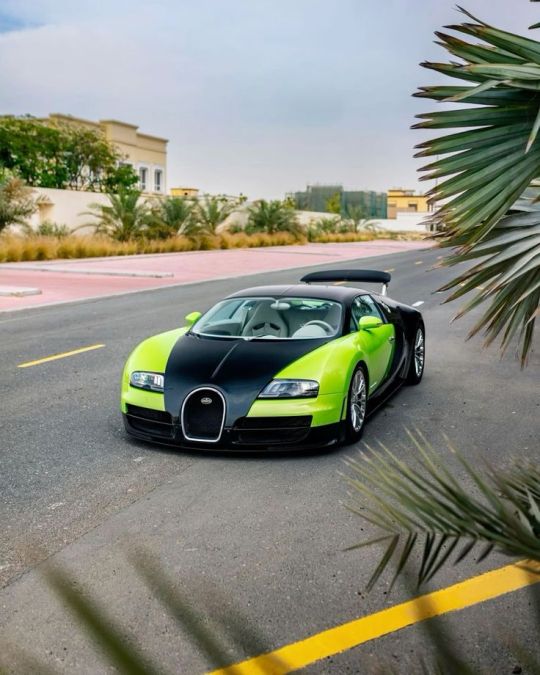
Veyron SuperSport
#Bugatti#car#cars#sports cars#usa#autos#muscle car#luxury cars#스포츠카#スポーツカー#bugatti#Coches deportivos#고급 승용차#Coches de lujo#高級車#Veyron
33 notes
·
View notes
Text
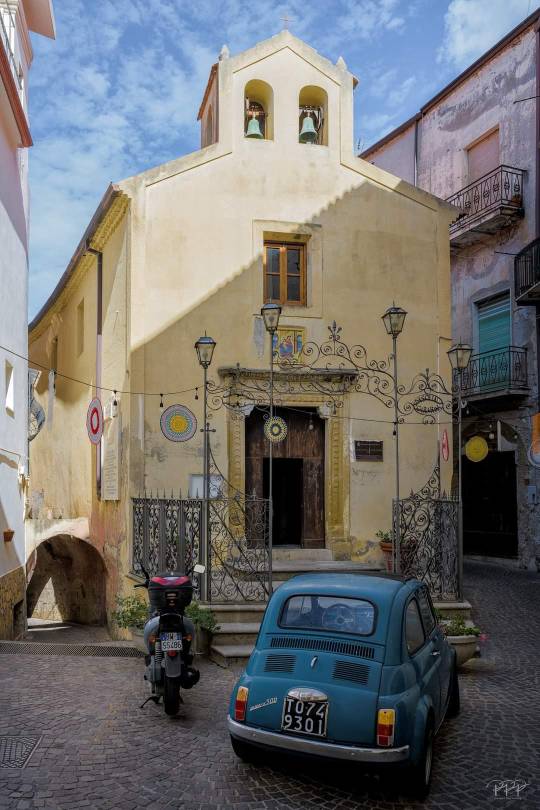




Belvedere Marittimo, Calabria, Italy
Photos by Aaron Peterson
Follow us on Instagram, @calabria_mediterranea
#belvedere marittimo#calabria#italy#italia#south italy#southern italy#mediterranean#mediterranean sea#sea#seaside#seashore#summer vibes#fiat 500#fiat#vintage car#vintage#vintage cars#car#cars#italian car#italian cars#castles#castle#beautiful views#beautiful view
50 notes
·
View notes
Text

yungpresciutti
36 notes
·
View notes
Text

...
-L.F.
29 notes
·
View notes
Text
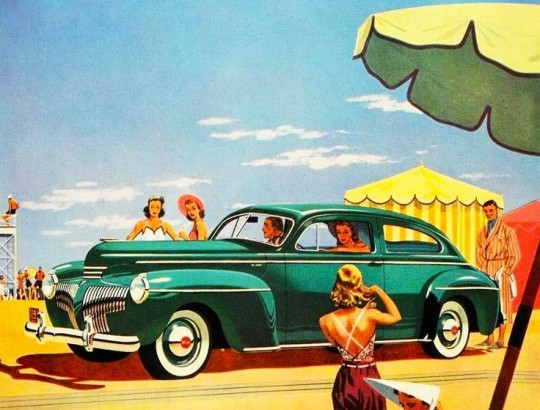
DeSoto (1941)
#cars#cool#cool cars#car#classic car#vintage#motor#classic#drive#driving#desoto#1940s vintage#1940s fashion#1940s style#1940s#40sfashion#40s fashion#40s style#spring#weekend#friday
59 notes
·
View notes
Text

43 notes
·
View notes